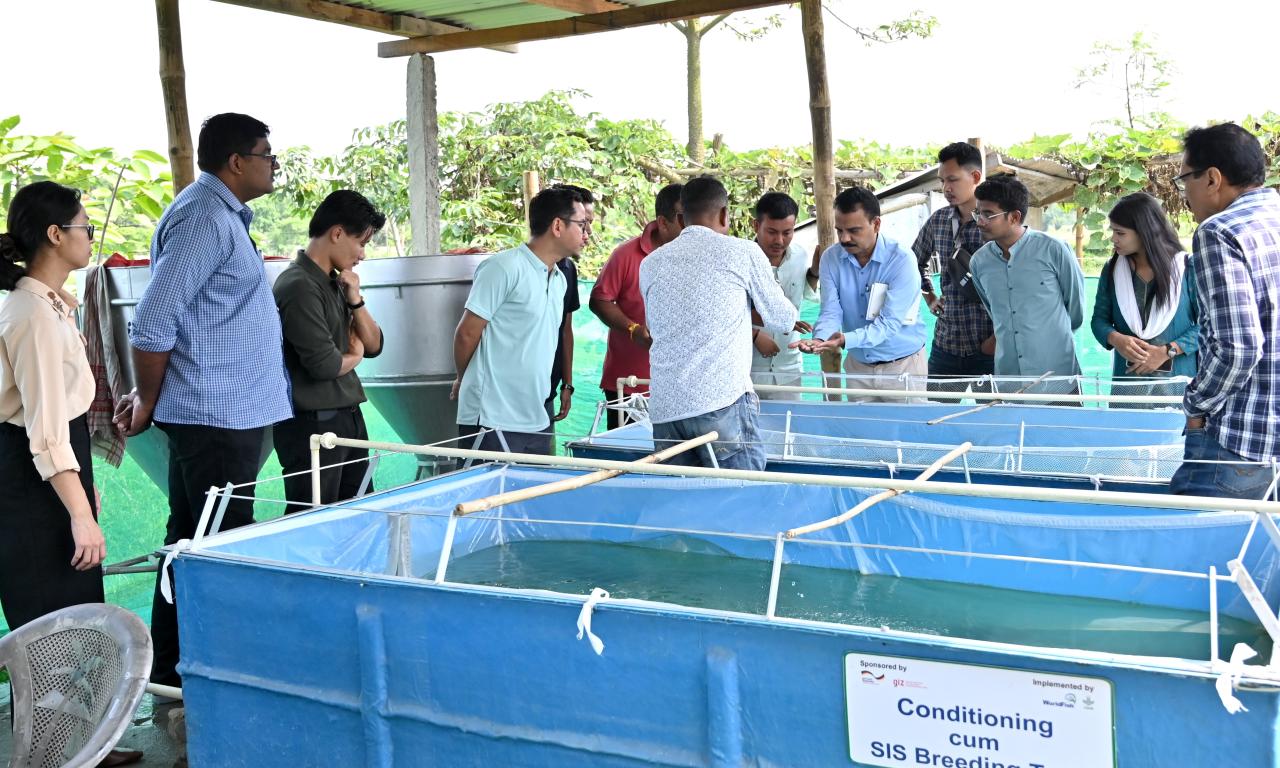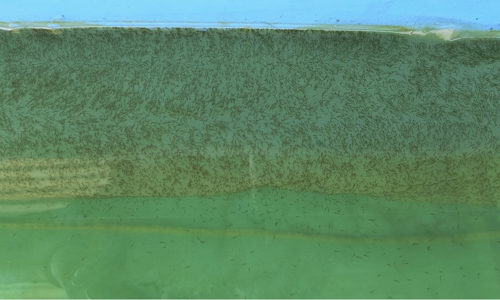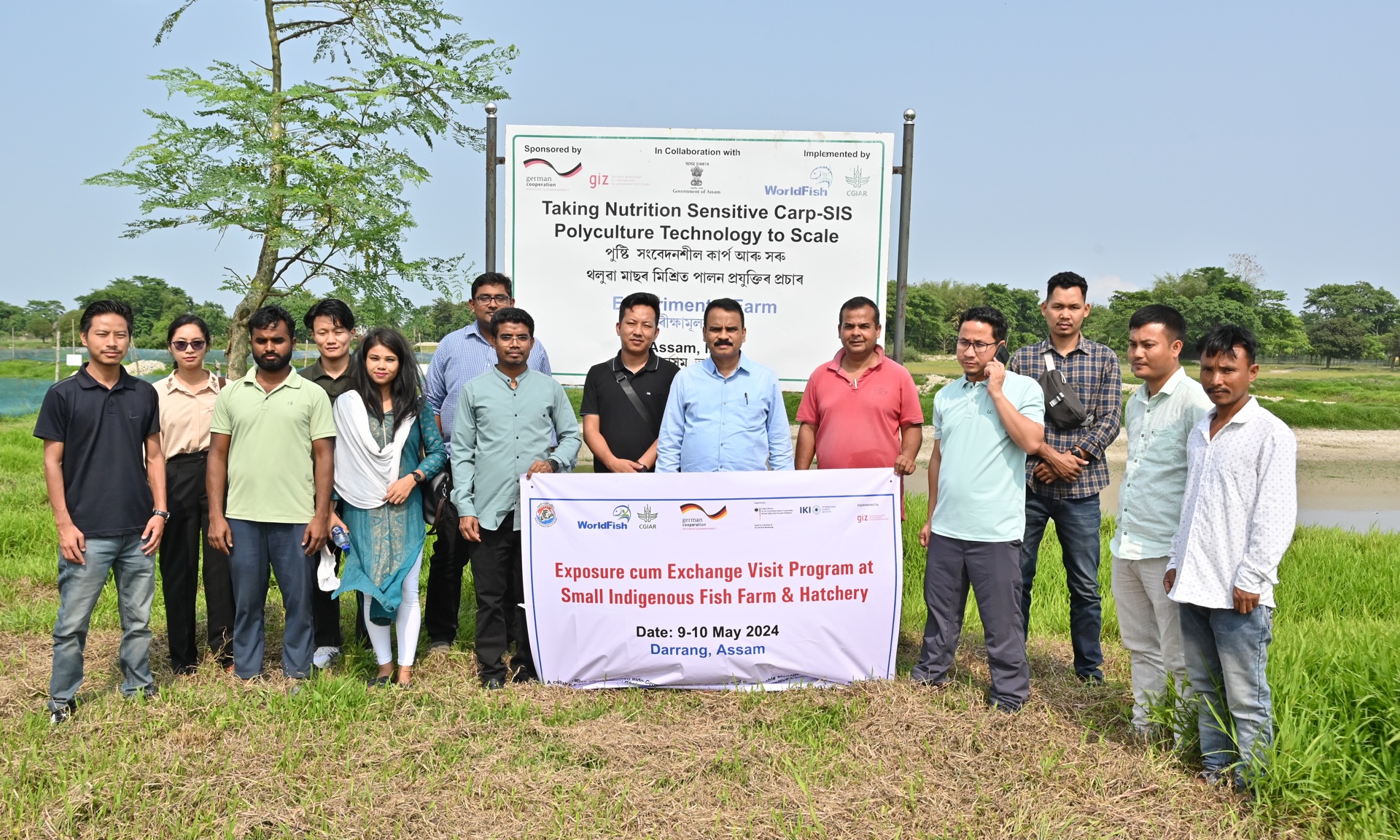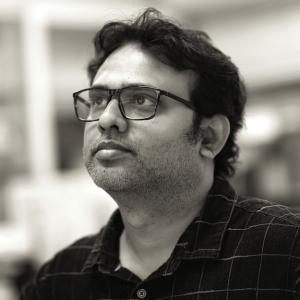
- To empower northeastern India in small fish breeding and conservation, Deutsche Gesellschaft fur Internationale Zusammenarbeit (GIZ) and WorldFish organized an inter-state exposure and knowledge exchange visit in Assam, India.
- The WorldFish project has achieved significant milestones in breeding small indigenous fish species (SIS), crucial for the nutrition and culture of northeastern Indian communities.
- The project team introduced hatchery-based breeding techniques for the swamp barb (Puntius chola) in 2024, and the event featured presentations and practical demonstrations, bringing together stakeholders from Assam, Manipur, Meghalaya, and Nagaland to share knowledge and experiences.
In northeastern (NE) India, where fish consumption is widespread, small indigenous fish species (SIS) hold significant cultural and economic importance. These SIS are integral to the local diet and are consumed in various forms, including fresh, dried, and fermented. Nutrient-rich SIS, such as mola and punti or barbs (locally called moa and puthi, respectively), are excellent sources of micronutrients like vitamin A, iron, calcium, and vitamin B12 when consumed whole (including the head and bones). These nutrients are crucial for children's growth and development. Additionally, these SIS are easier to distribute among household members compared to larger fish species, ensuring better nutrition for the entire family.
In a significant step towards empowering NE India in the field of small fish breeding and conservation, the Deutsche Gesellschaft fur Internationale Zusammenarbeit (GIZ) and WorldFish organized an inter-state exposure and knowledge exchange visit to WorldFish’s partner hatchery in the Darrang district of Assam from May 9-10, 2024.
Achievements in SIS Breeding
With a central objective of promoting nutrition-sensitive carp-SIS polyculture technology, the BMZ funded WorldFish project has achieved notable milestones. In 2023, the project developed scalable mass production techniques for mola (Amblypharyngodon mola) and pool barb (Puntius sophore), marking a pioneering achievement in NE India. Building on this success, in 2024, the project team successfully developed hatchery-based breeding techniques for the mass seed production of the swamp barb (Puntius chola), another significant breakthrough.

Among the various SIS, Puntius species are traditionally and culturally important for NE Indian communities and are particularly celebrated for “Shidol”, a traditional, salt-free fermented fish product indigenous to the Northeastern states, including Assam, Manipur, Nagaland, and Tripura. The process of making Shidol is cumbersome, taking 4-6 months or more to complete. Despite the effort required, Shidol is highly popular for its pungent and distinct flavour and plays a crucial role in the nutrition of the ethnic communities in NE India.
Addressing Declining SIS Populations
Despite their high demand, SIS populations are rapidly declining due to habitat degradation and overexploitation, making them both threatened and expensive. To address this issue and meet the growing demand, aquaculture production and sustainable management are essential. This approach will help preserve these vital species while safeguarding the cultural heritage, livelihoods, and nutritional security of traditional communities in NE India.
In this context, the objectives of the exposure visit were to learn breeding and rearing techniques for SIS from successful examples, facilitate knowledge exchange among stakeholders, and empower government officials to ensure sustainable production and management of these crucial species.
The first day of the event featured a presentation session on advanced breeding and conservation techniques for SIS, where WorldFish showcased their project activities and highlighted easy-to-scale breeding protocols for various SIS. Dr. Shaikhom Inaotombi, Technical Advisor of GIZ, elaborated on the NERAQ project’s objectives, emphasizing its conservation efforts for SIS across NE India. He stressed that advancing knowledge in small fish breeding not only aids conservation efforts but also creates livelihood opportunities for small-scale farmers in the region.
Dr. Anvar Ali, Assistant Professor from KUFOS, presented small fish diversity and conservation success stories in the Western Ghats – a biodiversity hotspot. Mr. Sapam Jiten Singh, District Fisheries Officer of Manipur, shared the cultural legacy of small fish in traditional diets and highlighted crucial gaps in the supply of Puntius species for dried fish and fermented products in Manipur. He emphasized pond-based culture and mass production of these SIS to meet the huge demand and secure nutritional benefits for traditional communities.

On the second day, breeding techniques for mola and punti were practically demonstrated at WorldFish’s partner hatchery in Assam, addressing each step meticulously and responding to various queries from participants. Officials from the Department of Fisheries, Government of Assam, also participated in the field learning session.
Dr. Sanjay Sarma, Fishery Coordinator of the World Bank's APART Project of Assam, emphasized the pivotal role of Moa (Amblypharyngodon mola) and Puthi (Puntius sophore/chola) in Assam's nutritional landscape, advocating for their integration into nutrition-sensitive approaches. He highlighted the urgency for concerted conservation efforts given the threats of scarcity and rising costs facing certain SIS species.
This visit was a joint endeavour of Indo-German project “Protection and Sustainable Management of Aquatic Resources in the North-Eastern Himalayan Region of India (NERAQ)” and project “Taking Nutrition-Sensitive Carp-SIS Polyculture Technology to Scale”
implemented by WorldFish. NERAQ project is funded German Federal Ministry for the Environment, Nature Conservation, Building and Nuclear Safety (BMUV) and is implemented collaboratively by the Ministry of Environment, Forest and Climate Change of India and GIZ.
The event attracted participants from various government departments and institutions across Assam, Manipur, Meghalaya and Nagaland. Notable attendees included representatives from the Departments of Fisheries of Assam, Manipur, and Nagaland, the Meghalaya Biodiversity Board, the Department of Environment, Forests and Climate Change of Nagaland, and the Kerala University of Fisheries and Ocean Studies (KUFOS).

